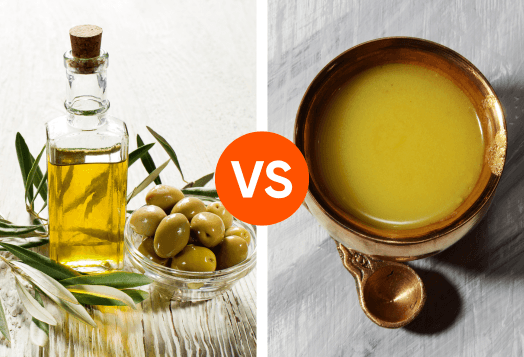Whether you're dreaming of Olympic glory or simply want to stay healthy, learning different types of swimming can help build strength, endurance, and confidence that lasts a lifetime.
Let's dive deep into this incredible sport that continues to captivate millions worldwide.
What are the Types of Swimming
Swimming techniques vary widely, but they all share common goals: efficiency, speed, and safety in water. Understanding what the different types of swimming are, including mastering swimming techniques, helps swimmers choose the right approach for their goals, whether competitive, recreational, or survival-focused.
The beauty of learning multiple types of swimming strokes lies in their versatility. Each stroke targets different muscle groups, offers unique challenges, and provides specific benefits.
The Four Competitive Swimming Strokes
When you ask trainers, "what are the four types of swimming strokes?" they're referring to the competitive strokes recognized in Olympic and international competitions. These form the backbone of competitive swimming worldwide.
1. Front Crawl (Freestyle)
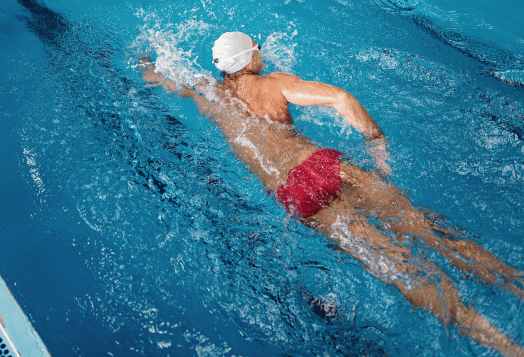
The freestyle swimming technique is the fastest and most efficient stroke in competitive swimming. This stroke combines alternating arm movements with a flutter kick to create maximum speed through the water.
Key elements of proper freestyle technique:
Maintain a streamlined position with your head down
Execute the catch phase by extending arms fully forward
Power through the pull phase by drawing water back along the body
Complete the push phase by extending arms past the hips
Finish with a smooth recovery phase, bringing arms back forward
Interesting Fact: Elite freestyle swimmers can maintain speeds of over 8 kilometers per hour during races, making it truly the fastest type of swimming.
Swimming Tips for Freestyle:
Practice bilateral breathing to maintain balance
Keep kicks small and driven from the hips
Focus on swimming coordination between arms and legs
Work on swimming endurance through consistent training
2. Backstroke
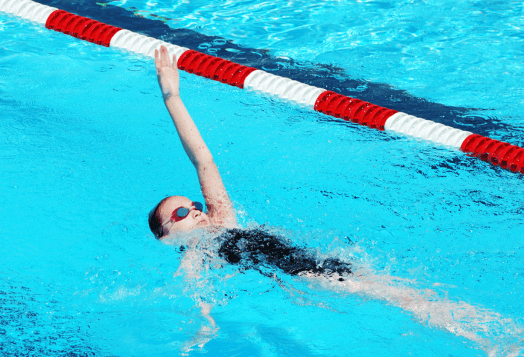
This unique stroke is the only competitive type of swimming performed on the back. Swimming posture becomes crucial as swimmers must maintain alignment without seeing where they're going.
Essential backstroke elements:
Use alternating arm movements similar to upside-down freestyle
Maintain a steady flutter kick rhythm
Keep your body flat with your ears underwater
Breathe naturally since the face stays above water
Swimming Tips for Backstroke:
Count strokes to track pool position
Keep arms straight during the recovery phase
Focus on swimming form to prevent shoulder strain
3. Breaststroke
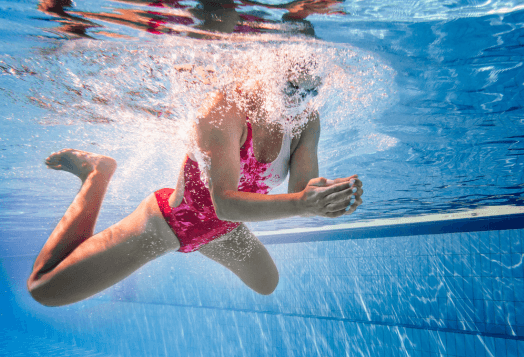
Often considered the best swimming technique for beginners, breaststroke offers controlled breathing and steady progress. This stroke uses simultaneous arm movements combined with a scissor kick.
Breaststroke fundamentals:
Pull arms in a heart-shaped motion
Execute a frog-like scissor kick
Coordinate breathing with arm pulls
Maintain a steady rhythm throughout
Interesting Fact: Breaststroke is the slowest competitive stroke but requires the most precise timing and coordination.
4. Butterfly Stroke
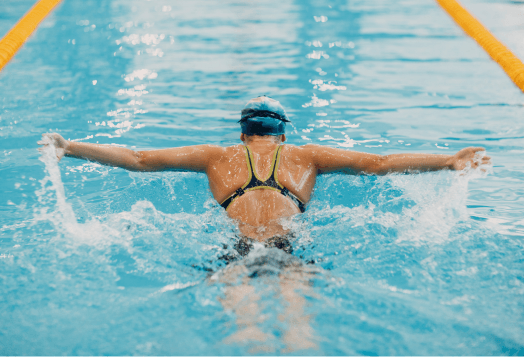
The most demanding competitive stroke, butterfly, combines simultaneous arm movements with an undulating dolphin kick. This stroke demands exceptional swimming coordination and core strength.
Butterfly technique essentials:
Perform simultaneous overhead arm movements
Execute a powerful dolphin kick with the whole body
Coordinate breathing with arm recovery
Maintain fluid body undulation
Swimming Tips for Butterfly:
Start with swimming drills focusing on the dolphin kick
Build core strength before attempting a full stroke
Practice the body wave motion first
Swimming Styles Beyond Competition
Beyond the four competitive strokes, several other types of swimming offer unique benefits and applications.
1. Sidestroke
Perfect for leisure and distance swimming, the sidestroke allows easy breathing while maintaining forward progress. This stroke uses alternating arm movements while lying on one side.
2. Elementary Backstroke
An excellent swimming technique for beginners, this stroke combines simple arm movements with breaststroke kicks while floating on the back.
3. Combat Sidestroke
Developed for military applications, this efficient stroke prioritizes stealth and endurance over speed, making it valuable for tactical swimming situations.
4. Trudgen
A historical stroke combining freestyle arms with scissor kicks, trudgen represents an important step in the evolution of stroke techniques.
Swimming Techniques in Olympic and Indian Competitions
The Olympics showcase the pinnacle of types of swimming excellence. Wondering how many types of swimming in Olympics events are in the Olympics? The Games feature all four competitive strokes across various distances, from 50-meter sprints to 1,500-meter endurance races.
In addition to individual stroke races, the Olympics also feature medley events, where swimmers showcase versatility by combining all four strokes in one race. There are two types of medley events:
Individual Medley (IM): A single swimmer completes butterfly, backstroke, breaststroke, and freestyle in sequence.
Medley Relay: A team where four swimmers each swim a different stroke, in the order of backstroke, breaststroke, butterfly, and freestyle.
Swimming Competitions in India
The Swimming Federation of India (SFI) organizes national championships and age-group meets that serve as essential paths for swimmers aspiring to compete on international platforms like the Asian Games, World Championships, and the Olympics.
Indian swimmers have begun making a prominent mark globally, inspiring a new wave of enthusiasm among young athletes:
Srihari Nataraja — India’s leading backstroke, has represented India at the Tokyo 2020 Olympics and various international meets.
Dhinidhi Desinghu — India’s youngest Olympic swimmer, qualified for Paris 2024, showcasing mastery across multiple strokes at a young age.
These athletes prove that with dedication, Indian swimmers can reach the pinnacle of the sport, motivating aspiring swimmers nationwide to dream big.
Understanding Eligibility and Rules for Swimming Competitions
For those eager to join competitive swimming, it's vital to understand the basic eligibility criteria and rules:
Age Groups: Indian competitions often have age categories such as Under-12, Under-14, Under-16, and Senior levels, offering opportunities for swimmers of all ages to compete.
Affiliation: Competitive swimmers must be registered with clubs affiliated to the Swimming Federation of India or their respective state associations.
Strokes & Distances: Competitions include all four strokes and medley events across a variety of distances: 50m, 100m, 200m, 400m, 800m, and 1500m. Relays are also major events.
Rules: Swimmers must adhere to technical rules for each stroke, including allowable body positions, arm and leg movements, and turns. For instance, breaststroke requires simultaneous arm and leg action, while backstroke swimmers start in the water.
Dive In and Chase Your Swimming Goals
Don’t stay stuck wondering “what type of swimming is the best exercise” or “how many types of swimming strokes are there?” The truth is—each stroke has its own benefits of swimming, building strength, endurance, and skill in different ways.
If you’re serious about the sport, start with a certified swimming club. You can also work with Pyng’s verified swim trainers and learn the techniques directly from professionals. So dive in, master the techniques, and let every stroke take you closer to your goals.
Disclaimer: The information provided is intended for general informational purposes only. It is not a substitute for professional advice or guidance. For personalised recommendations or specific concerns, please consult a certified professional.


